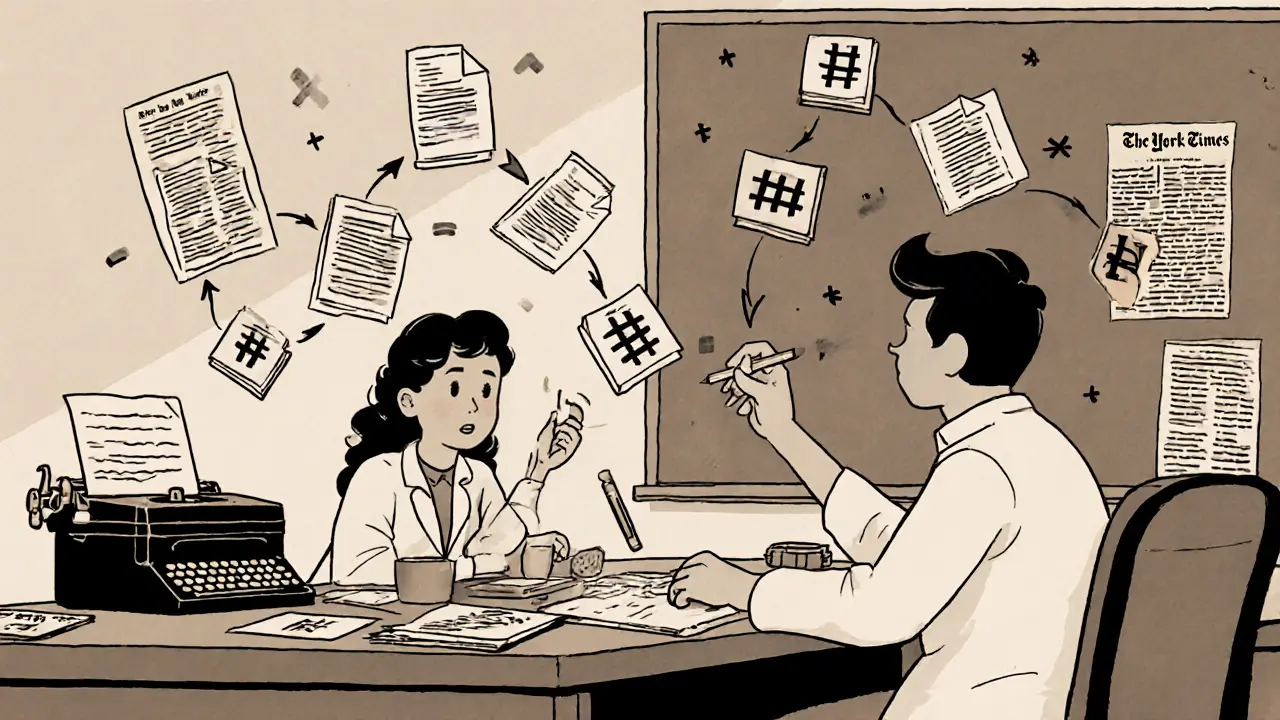Blockchain History: How We Got Here and What It Means Today
When you hear blockchain history, the timeline of how decentralized digital ledgers evolved from a theoretical concept into a global financial force. Also known as cryptocurrency evolution, it’s not just about Bitcoin—it’s about how trust moved from banks to code. The story starts in 2008, when a person or group using the name Satoshi Nakamoto published a whitepaper titled "Bitcoin: A Peer-to-Peer Electronic Cash System." That paper didn’t just introduce a new coin. It introduced a way for people to send value without needing a middleman. The first Bitcoin block, mined in January 2009, wasn’t just a technical milestone—it was the first real-world proof that a decentralized system could work.
Before blockchain, digital money failed because of double-spending. You couldn’t prove someone didn’t copy the same dollar and send it twice. Blockchain solved that by linking transactions in a chain of blocks, each verified by network participants. This became the foundation for everything after: smart contracts, DeFi, NFTs, and even government-backed digital currencies. The Bitcoin genesis block, the very first block in the Bitcoin blockchain, containing a hidden message about bank bailouts wasn’t just code—it was a political statement. And that spirit carried forward. Projects like Ethereum didn’t just copy Bitcoin; they expanded it, letting developers build apps on top of the ledger. Meanwhile, countries like the UAE and Vietnam started writing laws to catch up, while others like Tunisia and Nigeria saw crypto as a way to bypass broken banking systems.
The decentralized ledger, a digital record maintained across many computers instead of one central server. Also known as distributed ledger technology, it’s now used in supply chains, voting systems, and even digital identity. But its biggest impact? Giving power back to users. No more waiting for banks to clear payments. No more paying fees to intermediaries. Just direct, verifiable transfers. That’s why you see so many posts here about exchanges, taxes, scams, and regulations—they’re all side effects of this shift. People are trying to use blockchain tools, governments are trying to control them, and scammers are trying to exploit the confusion.
What you’ll find below isn’t just a list of articles. It’s a mirror of where blockchain history ended up: messy, unpredictable, and full of opportunity. From dead coins like EDRCoin and Rivetz to real innovations like Stacks and SundaeSwap, you’ll see how hype, regulation, and real utility collide. Some posts warn you about fake exchanges. Others explain how India’s 1% tax or North Korea’s crypto thefts changed the game. This isn’t a history lesson in a textbook. It’s the living, breathing aftermath of a revolution—and you’re right in the middle of it.

The History and Evolution of Blockchain Technology
From cryptographic timestamping in 1991 to DeFi and NFTs today, blockchain has transformed from a niche idea into a global infrastructure for trust. This is its full story.
© 2025. All rights reserved.